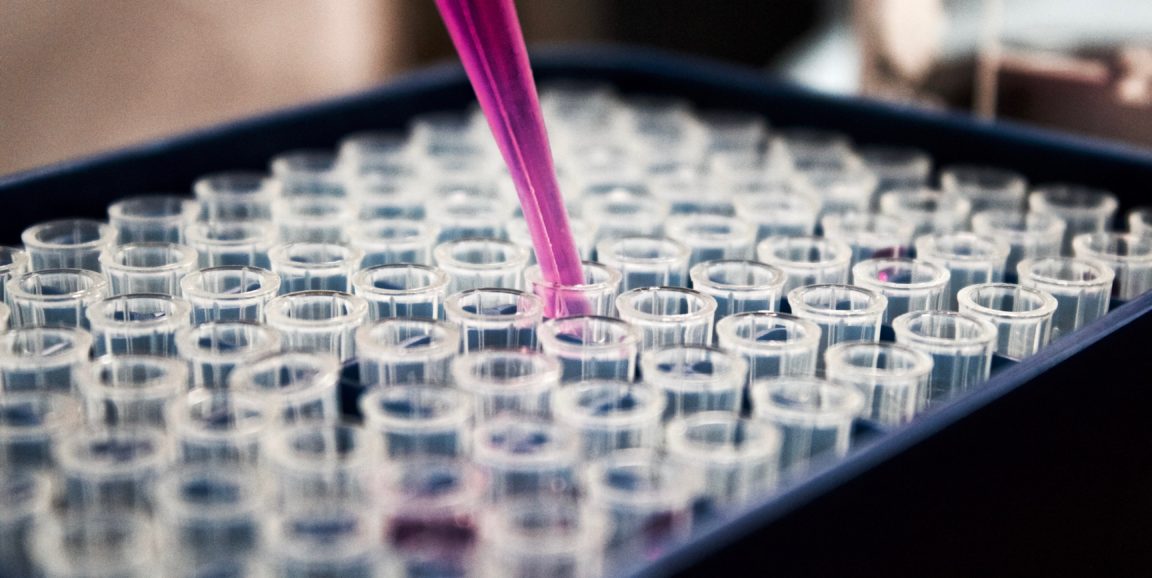For those hoping for a new heart, liver, bone marrow or other organ, the wait for a compatible organ has always been part of the excruciating drama of transplantation. If an organ isn’t tissue-matched, that is to say, looks immunologically enough like the patient’s own tissue, the patient’s body will likely reject it. Even when the organ is a close match, there are enough differences that the organ recipient will likely have to take anti-rejection drugs potentially for life. These drugs have toxic side effects and leave patients vulnerable to infection.
All of this may change in the future, thanks to a set of collaborative discoveries by Stanford stem cell specialist and pediatrician Agnieszka Czechowicz, MD, PhD, and her colleagues at Stanford, Harvard, Boston Children’s Hospital, and the National Institute of Allergy and Infectious Diseases. Czechowicz began the work as a graduate student in the laboratory of Irving Weissman, MD, who directs Stanford’s Institute for Stem Cell Biology and Regenerative Medicine. She continued her research during her residency and fellowship at the Dana Farber Cancer Institute/Boston Children’s Cancer and Blood Disorders Center before returning to Stanford as a faculty member.
In a pair of papers published in the journal Nature Communications, the researchers show that they can attach a drug to an antibody called anti-CD117 that can selectively search out and eliminate blood-producing stem cells in mice. This is important because other studies in animals and humans have shown that replacing blood-producing stem cells with a donor's blood-producing stem cells can facilitate the immune acceptance of tissues from that same donor. Unfortunately, current methods of eliminating blood-producing stem cells rely on toxic levels of chemotherapy and/or radiation that not only have both acutely damaging and long-lasting side effects, but also leave the recipient vulnerable to infection while the transplanted cells engraft.
In the first study, Czechowicz and her colleagues show that the drug-antibody compound can effectively and specifically eliminate blood-producing stem cells in a mouse without major side effects. Once eliminated, the researchers could replace the original blood-producing stem cells with others from an immunologically identical donor animal.
As described in a press release about the research from Boston Children’s Hospital:
The first study showed that a single dose of the antibody-drug combination eliminated more than 99 percent of blood-forming stem cells in mice. This allowed high levels of transplanted stem cells to take up residence in the host animals and effectively replace their blood and immune systems. Importantly, the antibody-drug conjugate specifically targeted the hosts’ stem cells without harming other kinds of blood cells and without causing clinically significant side effects. The animals’ immune cell function was preserved and responded effectively to pathogens.
That’s exciting news for clinicians who currently rely on blood-forming stem cell transplants to cure their patients of a variety of blood and immune disorders including cancer. It’s also exciting news for those developing blood-forming stem cell gene therapies, as this treatment could also enable safe engraftment of gene-modified cells.
But there’s more. The researchers went on to demonstrate in the second paper that this drug-antibody conjugate in combination with a short-course of immune suppression can also be used to replace a mouse’s blood-producing stem cells with donor stem cells that do not match the recipient.
“The result is a chimera — a mix of original and transplanted blood stem cells — in the recipient,” Czechowicz said. Mice with these mixed blood and immune cells did not develop any complications and were able to accept a skin transplant from the stem-cell donor even many months later, the researchers found.
As Czechowicz explained in the Boston Children’s release:
Transplants of blood-forming stem cells not only create new blood and immune systems, they also lead to tolerance of other donor tissues and organs without the need for chronic immune suppression. But this approach isn’t used often, since it has, until now, required toxic radiation or chemotherapy pretreatment. Our modified approach could be transformative for the transplant field, and could potentially enable both stem cell transplantation and subsequent solid organ transplantation from any type of donor.
Czechowicz and her colleagues caution that this work has so far only been done in mice and has yet to be proven in human clinical trials. However, the research shows that it may be possible someday to safely and easily restore blood and immune functioning with no chemotherapy or radiation, and moreover then give patients an organ from a mismatched donor with minimal immunosuppression.
Photo by Louis Reed




